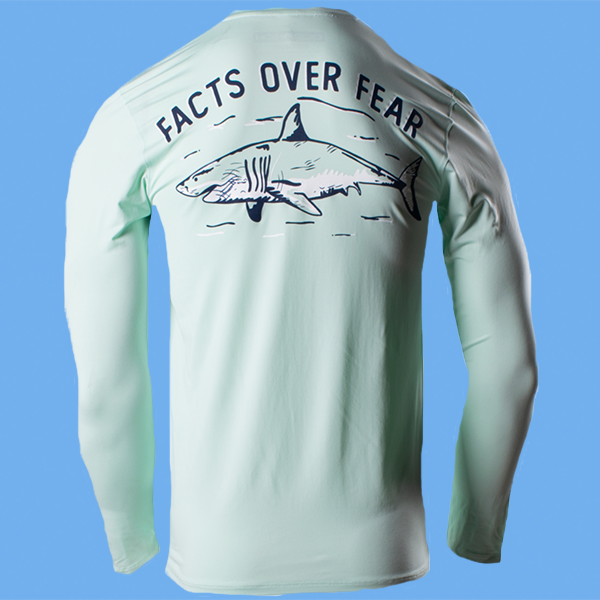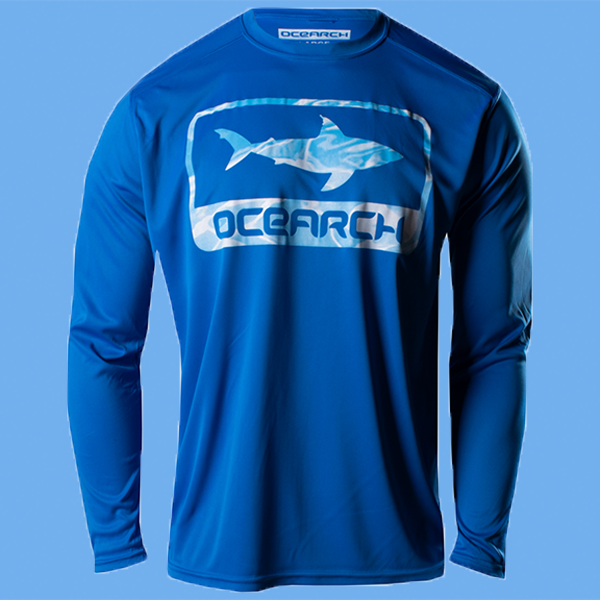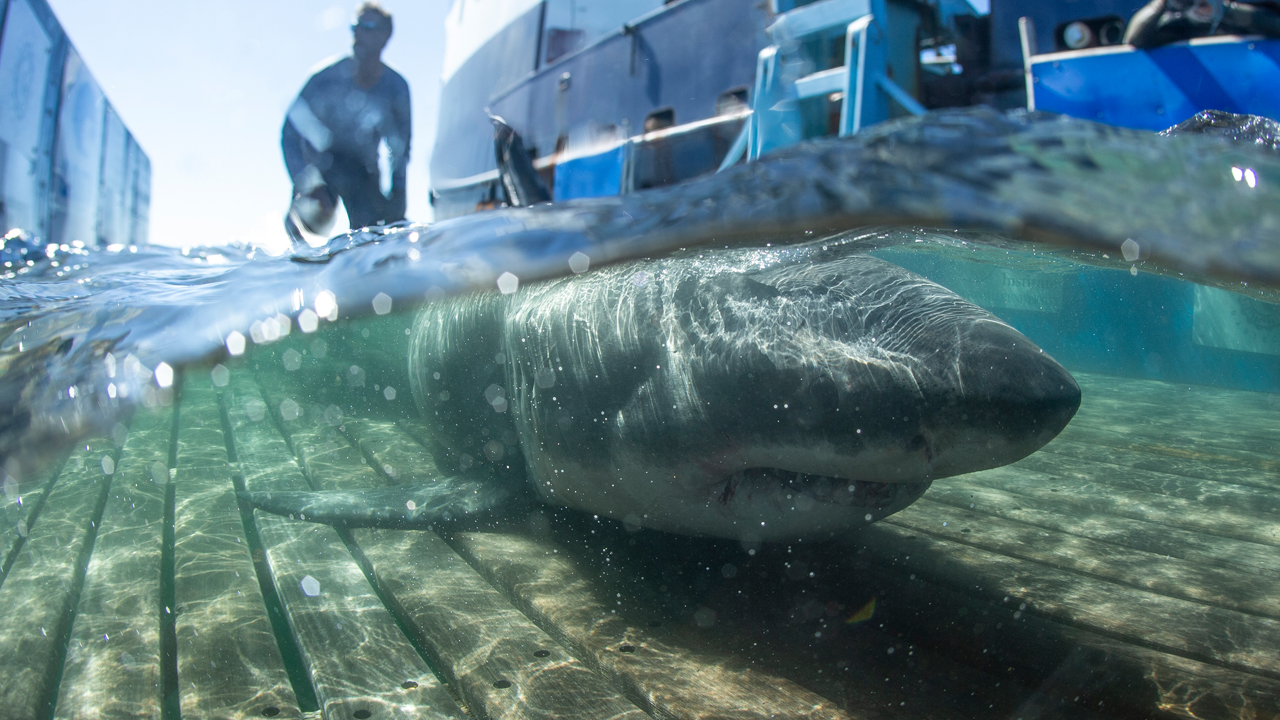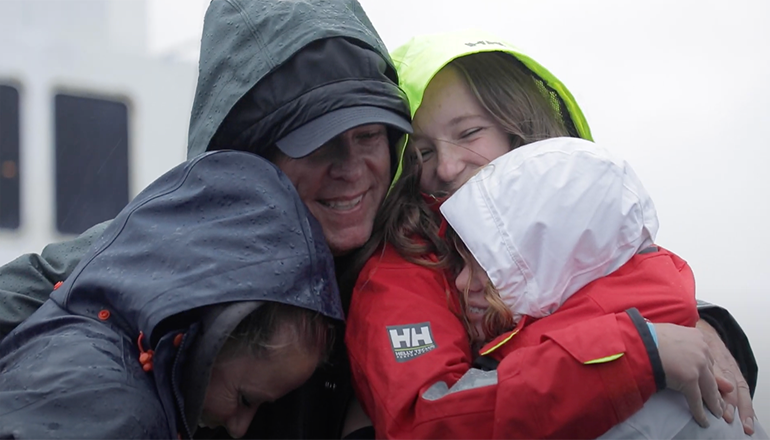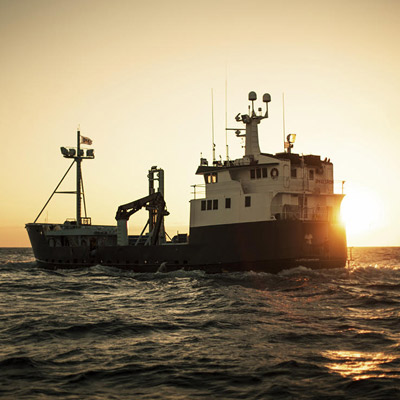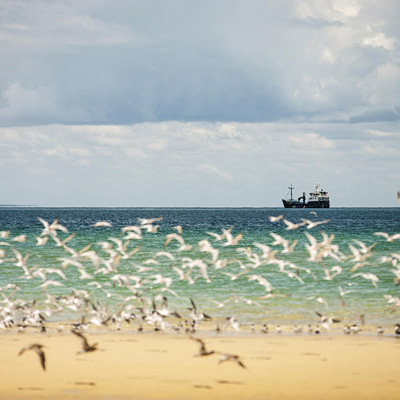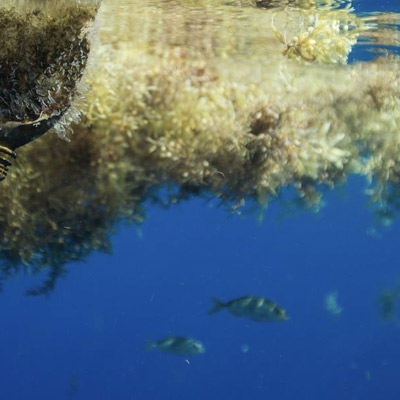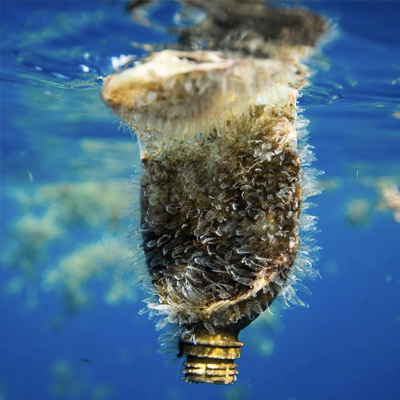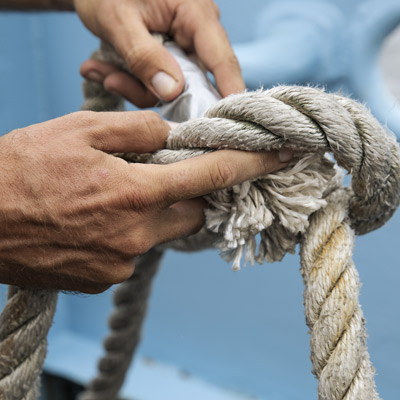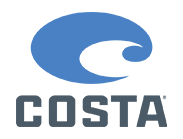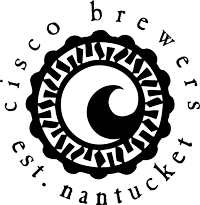OCEARCH is embarking on our 41st ocean research expedition. Alongside 42 collaborating scientists and 28 research institutions we will collect data to support 23 science projects that will help us solve the Northwest Atlantic White Shark Puzzle, forming a complete picture of the ecology, behavior and health of the white shark in the Northwest Atlantic Ocean.
We’re headed back to the area where we first began our Northwest Atlantic White Shark Study 9 years ago, off the coast of Massachusetts. But we’re also expanding our area of work to reach a new part of the Northeast US, an area where our previously tagged sharks have traveled to, the waters off of Maine and New Hampshire
Our study hosts the most comprehensive, multidisciplinary research efforts for white sharks in the world and includes:
- Full health assessments of each shark
- Microbiological studies
- Microplastic-associated toxin exposure
- Satellite (SPOT) tag attachment and more
Expedition New England will help expand our knowledge on the overall health of white sharks while they are in this region. Explore in real time with us @OCEARCH.
22
23
3
42
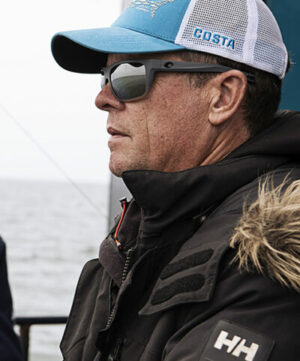
Fischer
OCEARCH
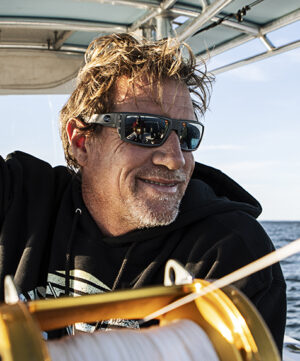
McBride
OCEARCH
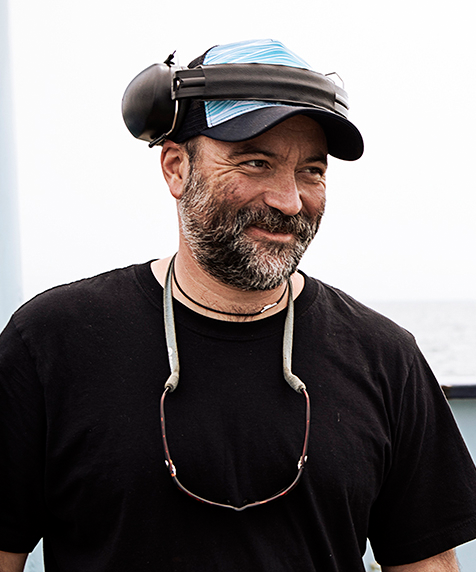
Dave Stevenson
OCEARCH
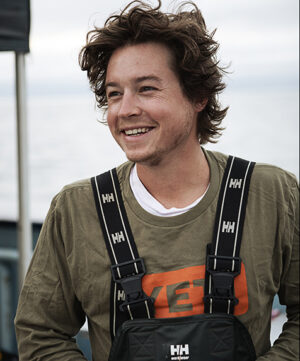
Lettieri
OCEARCH
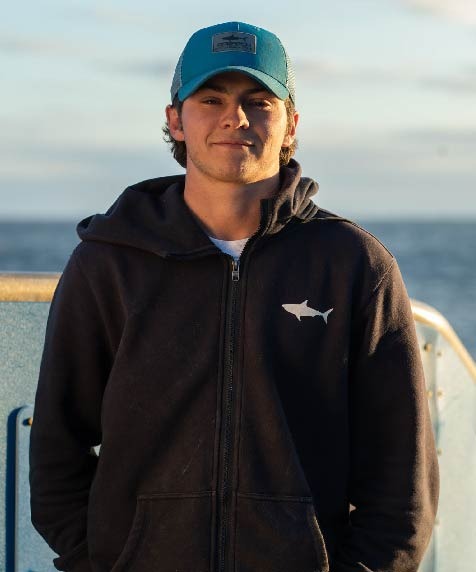
Purcell
OCEARCH

Pierce Meyer
OCEARCH
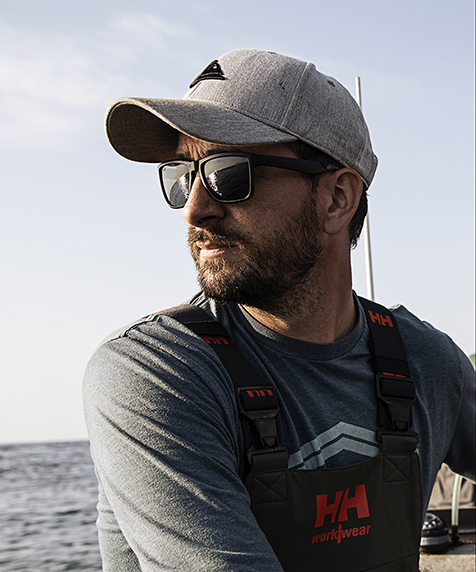
Barker
OCEARCH
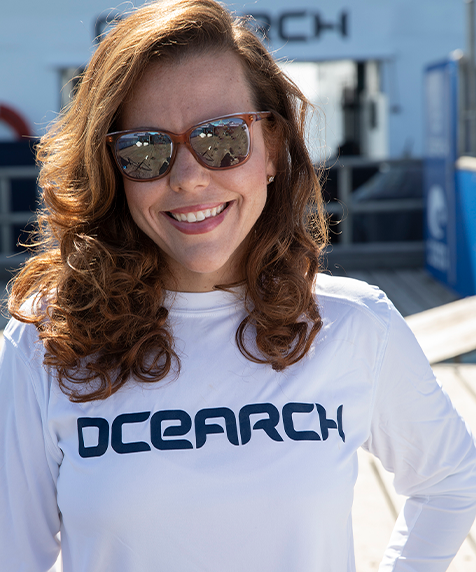
Ubatuba
OCEARCH

Nicole Ralston
OCEARCH

Stephanie Brown
OCEARCH
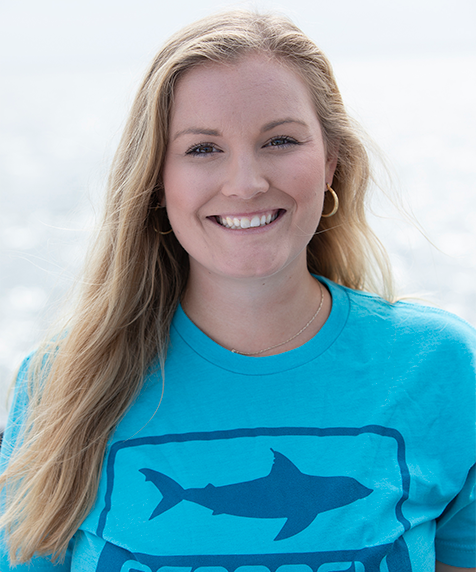
Paige Finney
OCEARCH
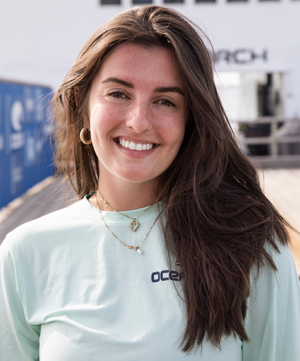
Avery McAlhany
OCEARCH
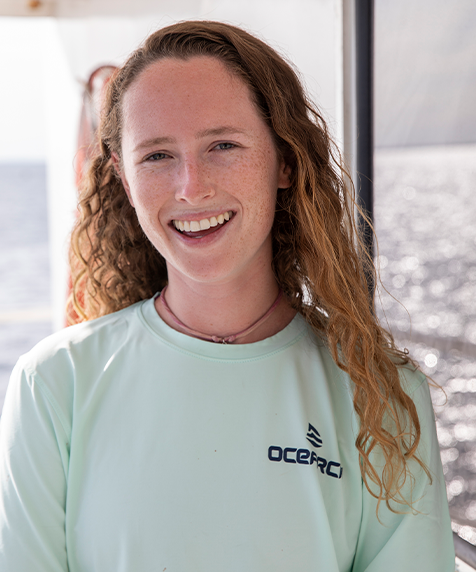
Lucy Deignan
University of Virginia
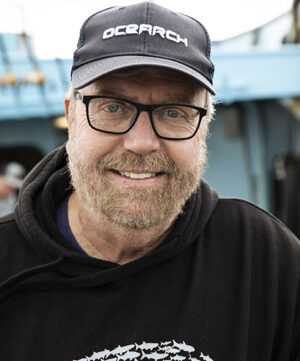
OCEARCH

OCEARCH

Jacksonville University
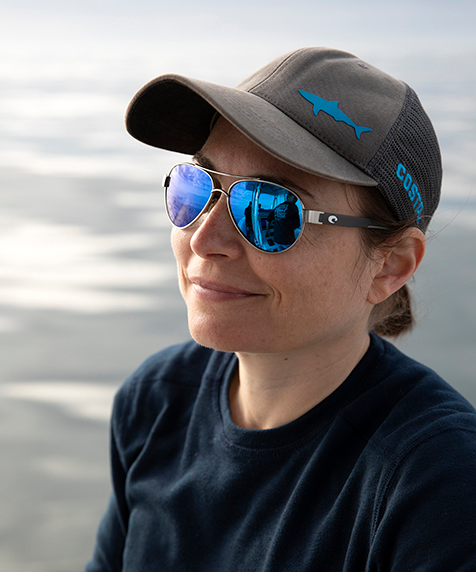
Disney’s Animals, Science and Environment
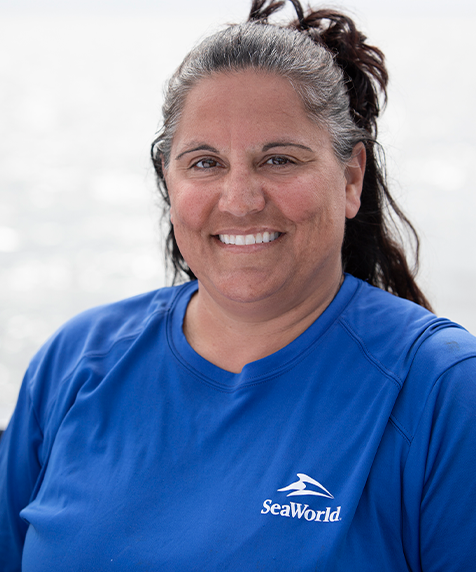
Stacy DiRocco, DVM
SeaWorld Orlando
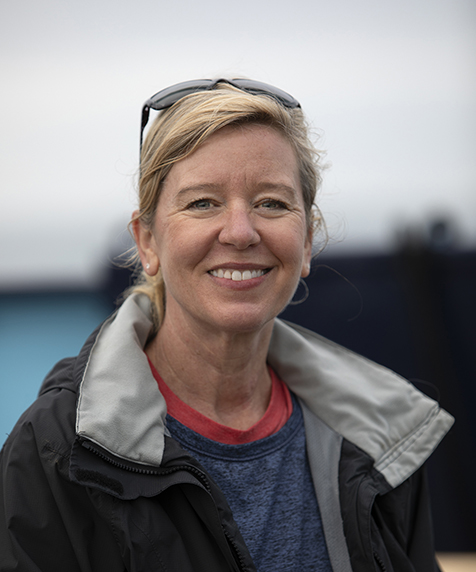
Ocean First Institute
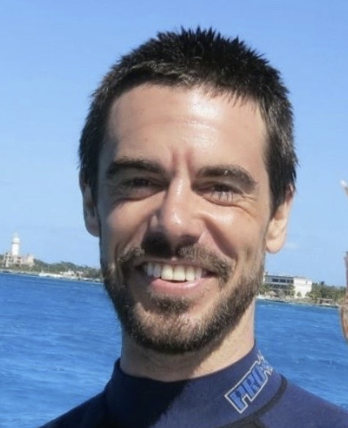
Daniel J. Madigan, Ph.D.
University of Windsor
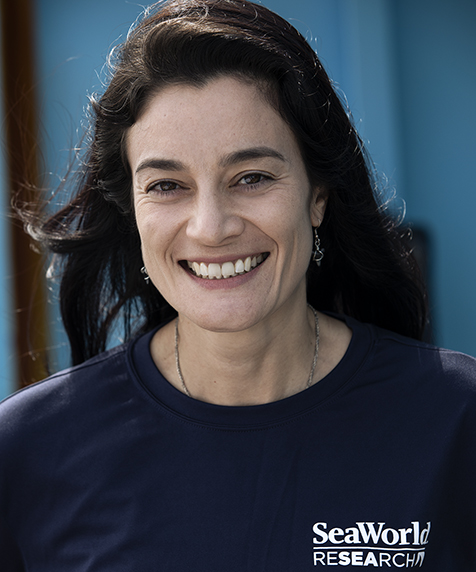
SeaWorld Orlando
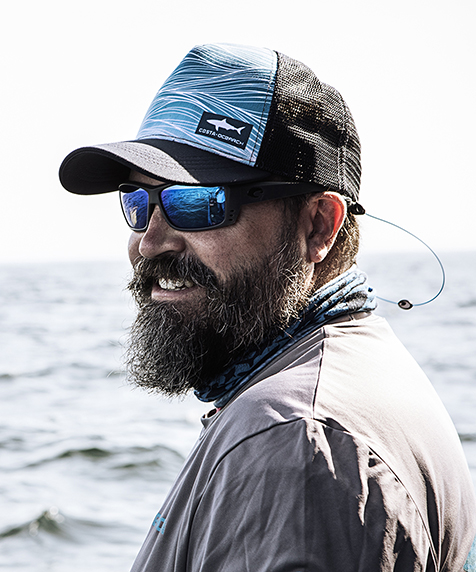
Michael Hyatt, DVM, Dipl. ACZM
New York Aquarium Wildlife Conservation Society

Emily Christiansen, DVM, MPH, Dipl. ACZM
North Carolina Aquariums

Christopher Ross
ChrisRossPhoto.com

George Knowles
Goodie Pocket Films
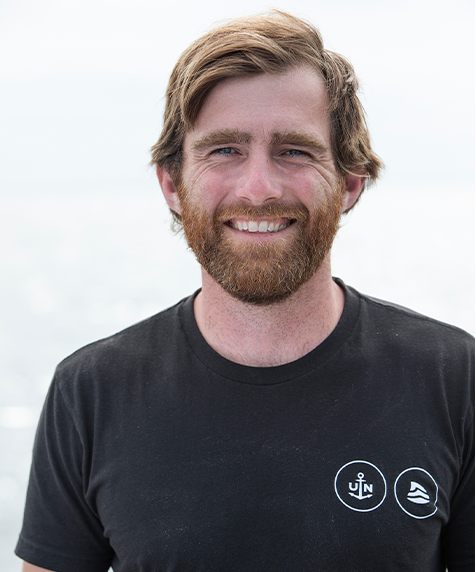
Harrison Newman Jardine
Elevated Pictures

Geff Gable
OCEARCH

Sarah Fischer
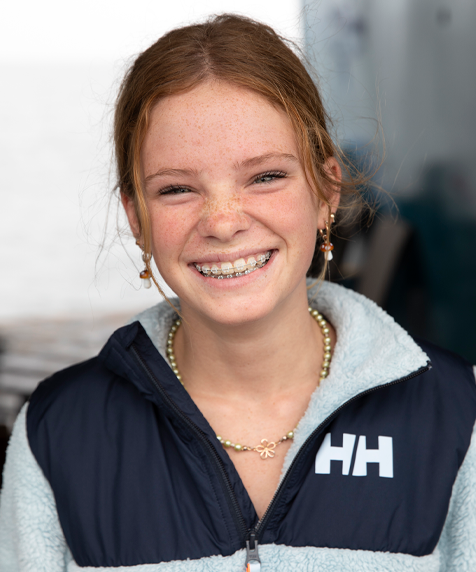
Lyla Fischer
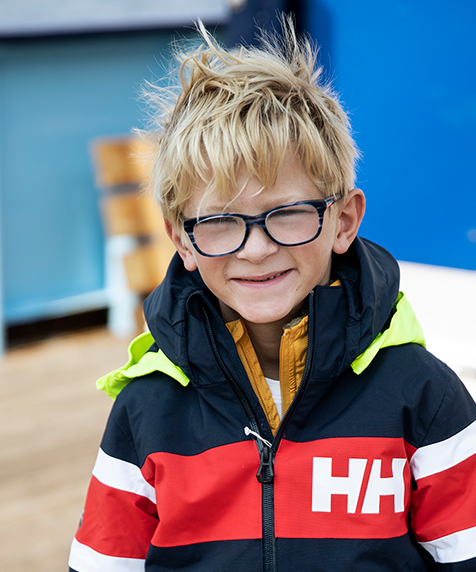
Luke Fischer
Help us fund 5 new SPOT Tags for Expedition New England. Our goal is to sell 333 recycled bottle sun shirts to help us purchase the satellite tags that let us track animals on our Global Shark Tracker! We couldn’t do what we do without the support from you and our proud partners!
“If there is something we can learn from the shark, it’s that they have a right to survive just like anything else. If we take the time to care, to learn about them, to understand them, we are closer to helping protect them and when we have a healthy ecosystem with sharks in it, that’s a healthy system for us.”
“Part of the project that we impacted most in New England is continuing to understand the life of the juvenile white shark after they are born. While on Expedition New England, we were able to sample three sharks. We were able to really build on understanding how young sharks age into their juvenile range and how it expands over time.”
What is the North Atlantic White Shark Study
This project began in 2012 and has been called the “North Atlantic White Shark Study”. The purpose of this project is to solve the life history puzzle of the North Atlantic White Shark by gathering the appropriate data that would tell us where this population breeds, feeds and gives birth. The way to do this is by tagging at least 10 sharks of each sex in three categories: juvenile, immature, and mature.
What type of studies do you expect to run during this expedition?
This expedition is supporting 20 individual studies from 21 institutions around the continent. In addition to putting tracking devices on the animals, researchers will take a number of tissue, blood and other samples to learn even more about white white shark biology. These samples can be used to understand: the overall population health of white sharks in the Northwest Atlantic, reproductive health, and even what types of antibiotics can be used if a human is bitten.
What type of samples do you expect to collect during this expedition?
All male and female sharks caught will be sampled. The team will collect blood, mucus, parasites, muscle, fin clips, eye measurements, feces, urine, and semen, whenever possible. Ultrasound exams also will be performed on adult females to confirm
pregnancy.
Can you describe your process for tagging sharks?
Sharks are caught from tenders using handlines and are guided by hand in the water on and off the lift. After capture, sharks are brought to the submerged platform of the M/V OCEARCH vessel and the platform is raised. Once the sharks are restrained and hoses of water have been set to enable the flow of oxygen, they are measured. SPOT and acoustic tags are attached. The tagging, handling and sampling procedures employed during the expedition follow the standards of the Institutional Animal Care and Use Committees (IACUC.org) of each institution, which is made up of scientists and veterinarians.
Will the sample collection impact the sharks health?
While the tagging method, which has been used on sharks and other species for over a half-century may cause some level of brief discomfort, there is no scientific evidence that it impacts their behavior or survival post-release. In fact, data from the Global Shark Tracker provides strong evidence that the animals tagged using this method show long-term survival and long-distance migrations indicative of normal function and reproductive cycles.
What does the data from the OCEARCH Tracker tell us about sharks?
The data allows us to see the range of shark movements in different parts of the world -their migration patterns – and helps us uncover the areas in need of protection. The tracking data allows studies such as the examination of fine and broad-scale movements, habitat use, site fidelity, residency, and feeding behavior of white sharks. The data we’ve enabled so far has allowed scientists to figure out the mating and breeding sites of the species on the west coast of Mexico – Guadalupe Island. Scientists have also documented the first migration of Great White Sharks to the gulf and the mid-Atlantic ridge.
What happens to the data you've collected?
The data is shared in an open source environment with collaborating institutions that utilize it to conduct studies that are eventually published in peer-reviewed scientific journals. The papers, which can take 2-5 years to publish, are used to assist in policy decisions. So far, there have been 55 papers published based on OCEARCH expeditions and resulting studies.
How can I follow the expedition?
Follow OCEARCH on Facebook, Twitter, Instagram (@OCEARCH), and YouTube for Expedition New England 2021 updates.You can also follow the sharks tagged during the New England Expedition by accessing the near-real-time, free online OCEARCH Tracker.
Who supports the expedition?
Costa Sunglasses, SeaWorld, YETI Coolers, Ulysse Nardin, Helly Hansen, Cisco Brewers, Jacksonville University and Contender support the expedition.


